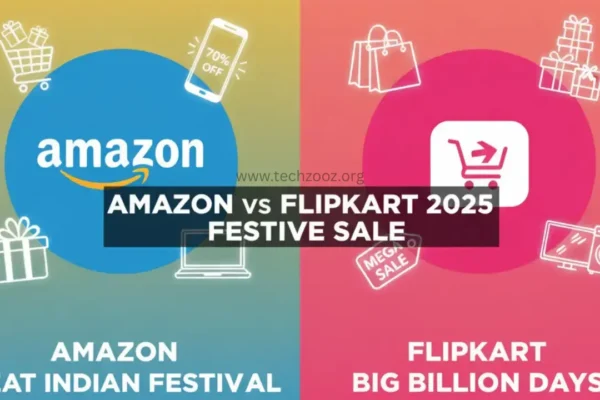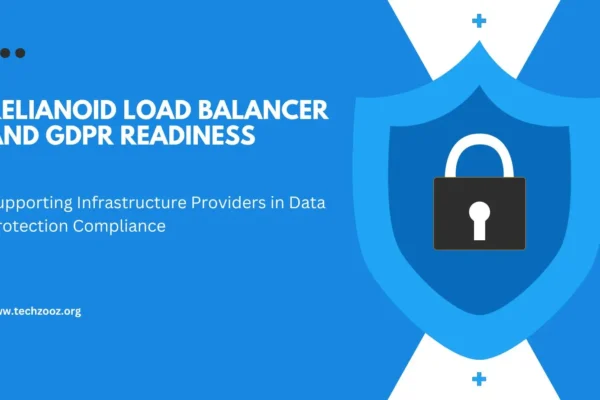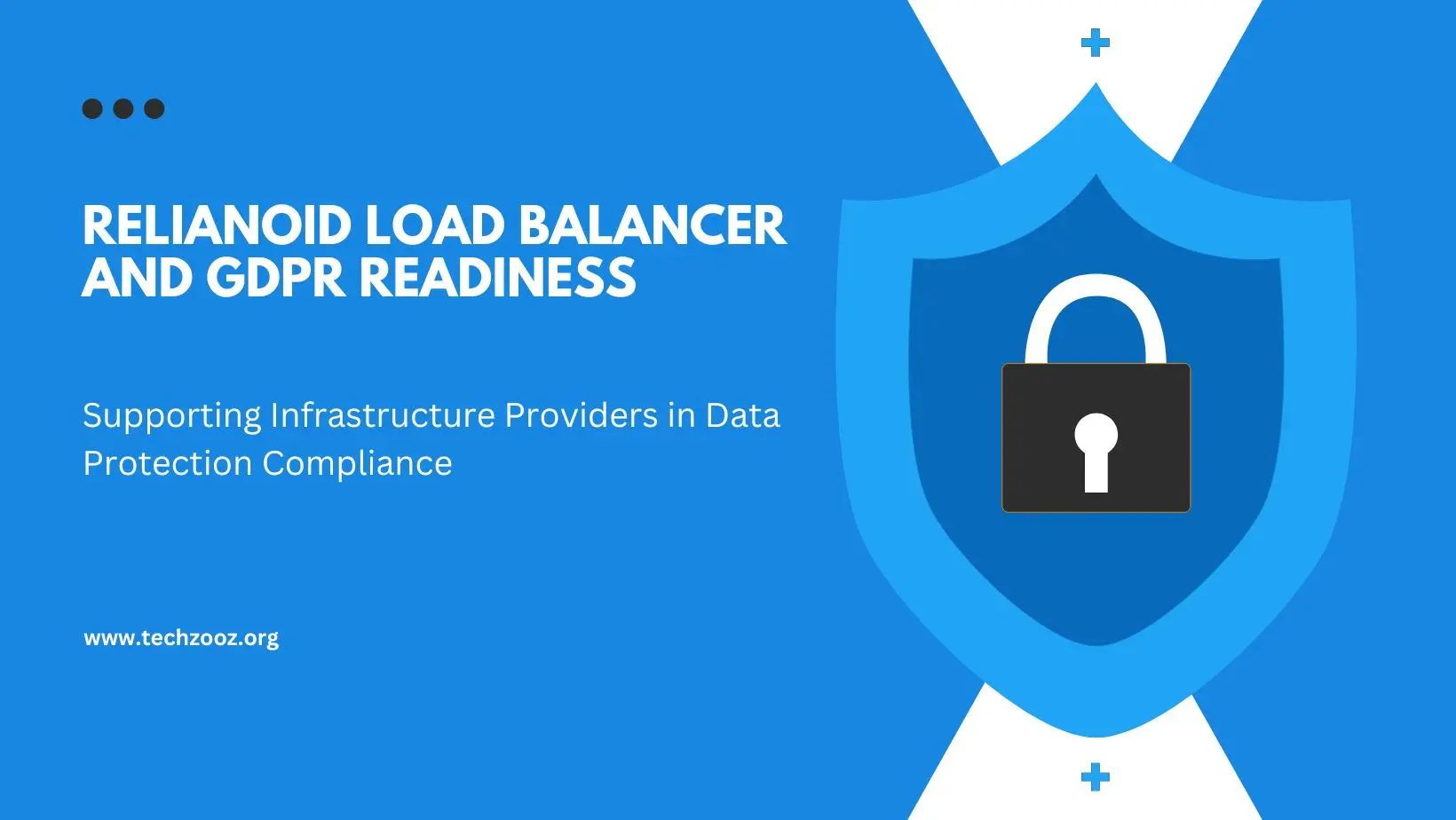
Top 5 Java Frameworks For Web Application Development
Java is a robust language, and Java can offer the right answers to problems for any domain, whether e-commerce, accounting, cloud services, finance, big data, stock exchange, IT, or much more when paired with a framework. See Java live in motion with this blog if you’re only beginning with Java, this should run you through all the relevant concepts you want to start considering interacting with the frameworks.
What are the Java Frameworks?
The Java framework, using it as a forum to build software applications and Java programs, is unique to the Java programming language. Predefined classes and functions used to process, input, and control hardware devices along with communicating with software systems can be included in Java frameworks. It depends on the framework type, The skill set of the designer, what they’ve been aiming to do, and their interests.
What is the use of frameworks?
Frameworks provide the applications with a design. For one, when we have a suitable testing framework, we can automate a lot of stuff and get detailed and reliable results. A certain way if there are ORM, web, logging, data processing, etc. frameworks. Instead of thinking about common pieces of code used in domains or applications, it would make the future of a developer easy and help them focus more on business logic.
What is Java Web Application?
A web application helped clients to connect with the servers and accessing details. Because of its capacity to connect with a wide range of systems, Java is also ideal for creating huge web applications. Through Java web creation, resources such as peer-web services, database networking, and back-end services can also be obtained.
Technologies for Java Web Applications:
JDBC API:
Java Database Connectivity (JDBC) includes database access mechanisms and queries. Via web-based applications that containing JDBC drivers, customers can modify any details in the database. For connecting to a database, the four types of JDBC drivers are JDBC-ODBC Bridge Driver, Native Driver, Network Protocol Driver, and Thin Driver.
Servlet API:
There are several interfaces for the javax.servlet package, such as servlet, filter, filterchain, servlet config, etc. The capacity of servers that have been used to host application forms is improved by Servlet. The web applications created in Java through the Java server implement the request-response method. A servlet has a life cycle from being initialized to being processed by the collector of garbages.
JSP:
Developers use JavaServer Pages (JSP) technologies to easily produce web content that is platform and server independent. You can use JSP technologies, that have access to the whole group of Java APIs, rather than providing separate CGI (Common Gateway Interface) files for embedding dynamic elements in HTML pages.
Java Persistence API:
The Java Persistence API (JPA) connects an object-oriented architecture to a database using object-relational mapping. Relational data can be quickly handled through Java Persistence in Java applications. It helps to persistently retain or extract a huge volume of data in/from the database.
Top 5 Java Web Frameworks For Web Development:
1. Spring:
The Spring Framework is a strong, lightweight developed framework for web applications and is rated first due to its high outstanding ability to developing high-performance, complex web applications. The Spring Framework’s main features allow Java designers to quickly build enterprise-level applications. Spring contains several modules that can be used in business applications, such as Spring MVC, Spring Core, Spring Protection, Spring Transactions, Spring Boost, Spring ORM, etc. Now, let’s see that the Spring framework is used for this.
Spring framework uses:
- Spring Framework Creation of web applications
- For any Java application, its features can be used to develop
- Often used in Java Enterprise Edition(JEE)
2. Java Server Faces(JSF):
Oracle designs JavaServer Faces (JSF) for the development of enterprise apps, native applications, and web app production. It is used for the creation of user interfaces for applications based on Java. It is a robust MVC system built on modules. It has an interface that distinguishes between application logic and description simply and directly. By simply dragging and falling UI components, JSF lets developers create User Interfaces. It allows it easier to create an application’s display layer without specialized awareness of client-side technologies such as HTML, CSS, and JavaSript.
Java server faces use:
- Java server faces Helps in developing native applications
- JSF is a Component-based UI framework
3. Hibernate:
A secure object-relational mapped framework for Java is Hibernate ORM. Better coordination between the programming language of Java and relational database management systems is feasible (RDBMS). You will find an issue called Object-Relational Impedance Mismatch, also called Paradigm Mismatch, if you work in an object-oriented language like Java. That’s because the data is handled differently by OO languages and RDBMSs, which may lead to serious mismatch issues. So, this Hibernate gives you a system that helps to overcome Java’s issues of mismatch.
Hibernate Uses:
- This allows permanent classes to be built following the object-oriented idiom.
- It enables you to communicate with any database using very small code changes, bridging the gap between objects and relational words.
- It is an advanced ORM application that helps you to run Java object database operations.
4. Google Web Toolkit:
Google Web Toolkit (GWT) is a free, common, and open-source web platform that allows developers to build and debug Ajax apps in Java. You may write difficult, browser-based applications with GWT without needing knowledge of front-end technologies such as JavaScript. One of GWT’s most amazing stuff is that it offers functionality such as portability of cross-browsers, history and managerial staff, internationalization, and bookmarking. A number of Google items, such as AdSense, Google Wallet, and Blogging, are written that used GWT.
Google Web Toolkit uses:
- It’s Used of Google APIs
- It can be used Developer-friendly
- Helps in developing and maintaining complex JavaScript front-end applications
5. Vaadin:
One of the common frameworks for Java is Vaadin. In order to establish market priorities, modern developers use this application. For making the final web page, A Vaadin uses GWT. It uses a component-based technique that, by coordinating improvements made to a browser, takes away the pressure on developers. By offering a comprehensive range of UI components, it enables programmers to easily create applications. Through creating a structure in Java, HTML, or both, Vaadin offers the ability to bind data using MVC or MVP.
Vaadin uses:
- Vaadin only server-side programming only
- It’s supported by the plug-in
Conclusion:
Understanding the top frameworks is not really a difficulty, though it can be one to choose the most fitting for your specifications! We also come across the most famous and frequently used Java web frameworks. You can have a better view of which structure would fit your individual needs after reading this. If you’re a newbie, I’m going to say that you need to look at this Java Infographic to quickly understand Java.









